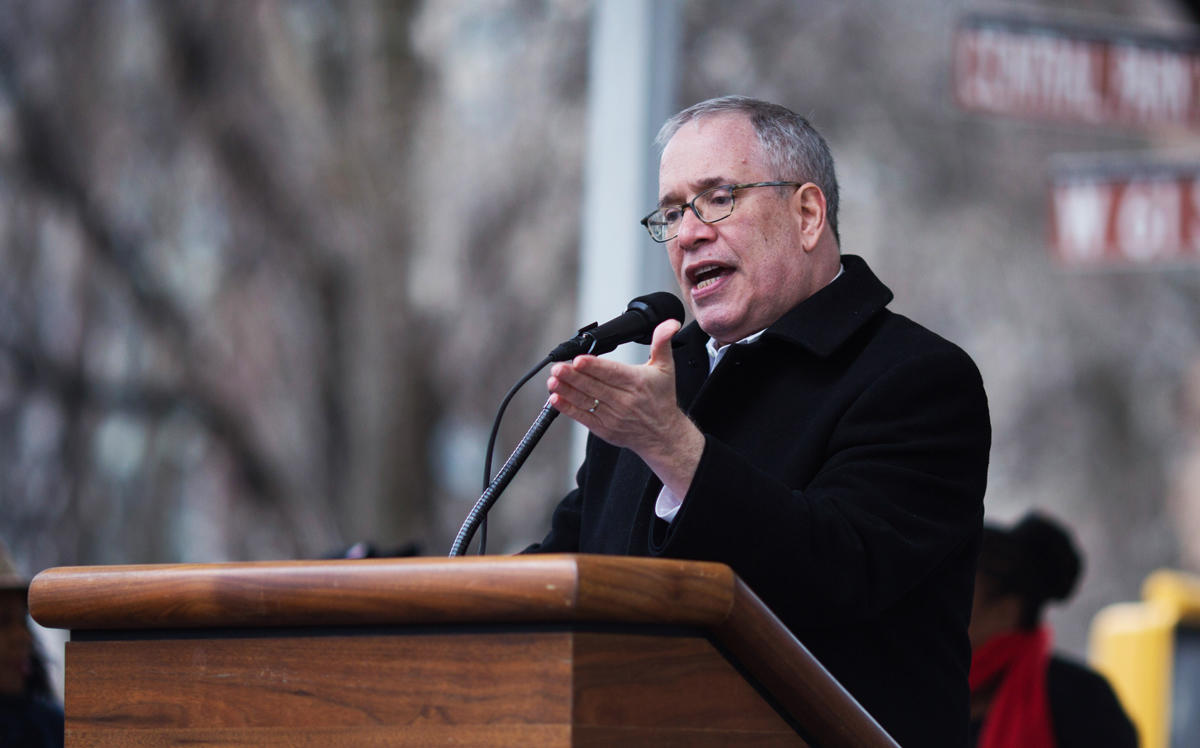Trending
City slow to spend $15B in Superstorm Sandy aid: Stringer
Comptroller says climate change threatens $101B in NYC property value

The city has been slow to spend roughly $15 billion it’s received in Superstorm Sandy aid, according to Comptroller Scott Stringer.
While New York City received nearly $15 billion in federal aid — $10.5 billion from FEMA and $4.2 billion from HUD — it hasn’t done nearly enough, according to a new report from Stringer. The federal cash was meant for Superstorm Sandy recovery, and Stringer’s report said that New York City has only spent 54.1 percent of the money since it got the funds in 2013.
The deadline to spend the HUD money is September 2022, while FEMA deadlines are based on each project and reviewed quarterly.
“There is an urgency,” Stringer said, according to the Wall Street Journal. “Six years since Sandy, we haven’t done enough, we’re not fast enough to safeguard these communities from the next superstorm.”
A spokesperson for Mayor Bill de Blasio said there is no lag in putting the aid money to work.
“The bulk of federal recovery funds for New York City were not made available until 2015, and we are not scheduled to spend all FEMA and HUD funds for years,” Jainey Bavishi, director of the Mayor’s Office of Resiliency, said in a statement to the Journal. “We are on track to meet all federal deadlines and we are spending our federal recovery funds faster than the national average.”
The increase in frequency and severity of storms threatens an estimated $101 billion in property value, according to Stringer’s report, which was released Thursday.
Stringer warned that newer developments are cropping up in neighborhoods where storm mitigation is insufficient, and he is calling on De Blasio to increase spending to safeguard the shores.
Stringer also recommended in the report that New York State lawmakers should explore the viability of a small surcharge on high-value property and casualty insurance policies to fund resiliency projects, which the Regional Planning Association said could bring in $144.5 million a year.
Meanwhile, the City Council has put forward a “Green New Deal,” which aims to cut the city’s carbon emissions by 40 percent by 2030. The Real Estate Board of New York and some landlords have come out against the move, saying there are other ways to cut emissions. [WSJ] — Georgia Kromrei




